Ah, old film. A classic tale of unfilled potential, of a product brought back from near-death to (maybe) finally have its day in the sun. Expired, yes. Dead … not yet.
I have a love/hate relationship with expired film. I love it when I can find old film that gives good results (some old Agfa film sold under the Seattle Filmworks label comes to mind). But I hate it when I’ve gone to the effort to shoot a roll, process and scan, and I get images that are dark, muddy, and generally unusable. Expired film is, to quote Forrest Gump, “like a box of chocolates.” You never know what you’re going to get. And of course, you learn how this roll of expired film performs, but then what? Every roll is different, so it’s hard to transfer knowledge from that roll of 1996 Vericolor III to a 2001 roll of Kodak Gold Ultra (yeah, I’ve shot both).
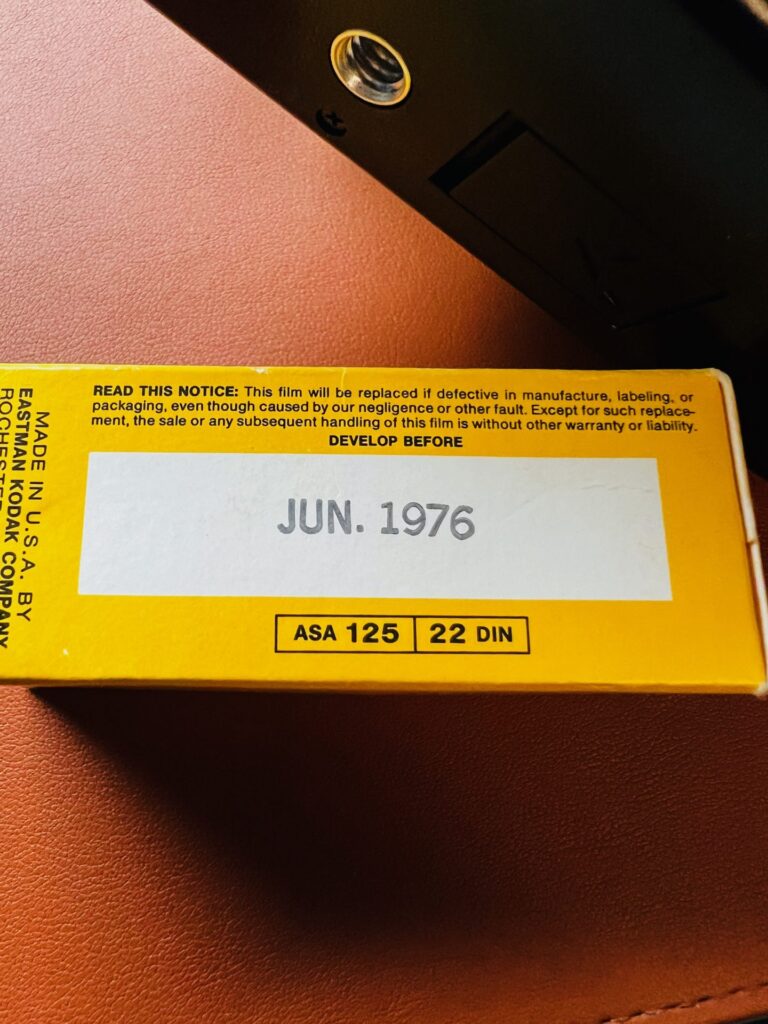
This is the story of a very successful experiment that involved the oldest film I’ve ever shot. It started at a local camera swap where a seller had a lone roll of Kodak Verichrome Pan 120 for sale for $1. I enjoy medium format film, and $1 isn’t much of an investment, so I handed over a dollar bill despite the printing on the box that said quite clearly, “Develop Before Jun. 1976.”
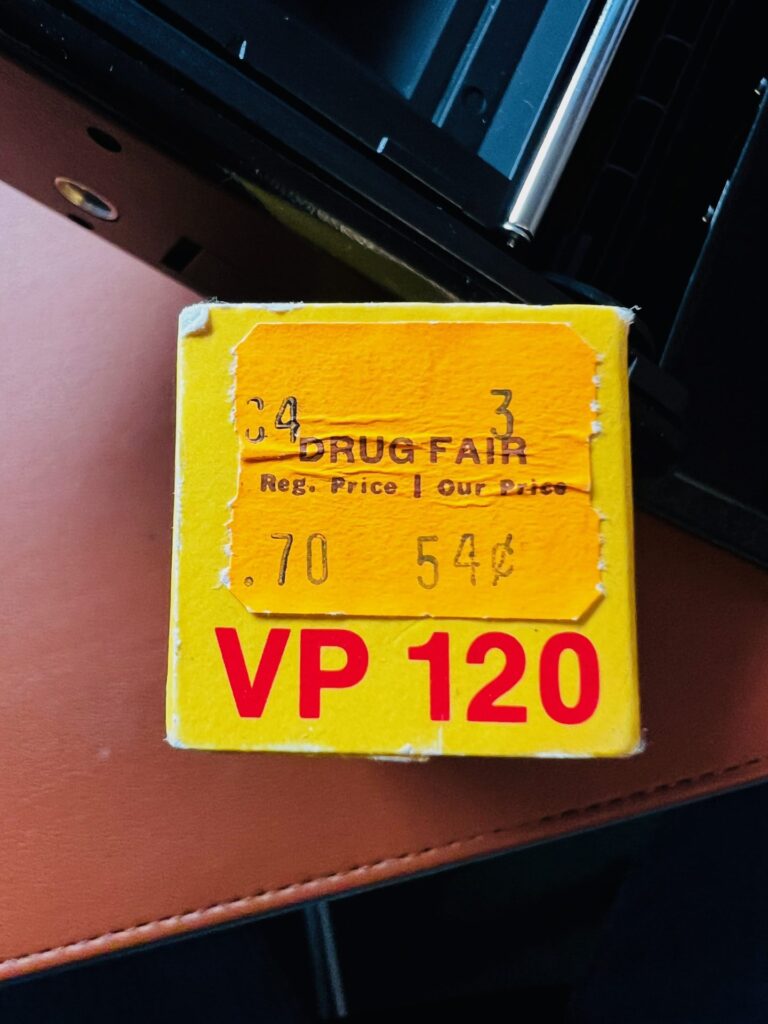
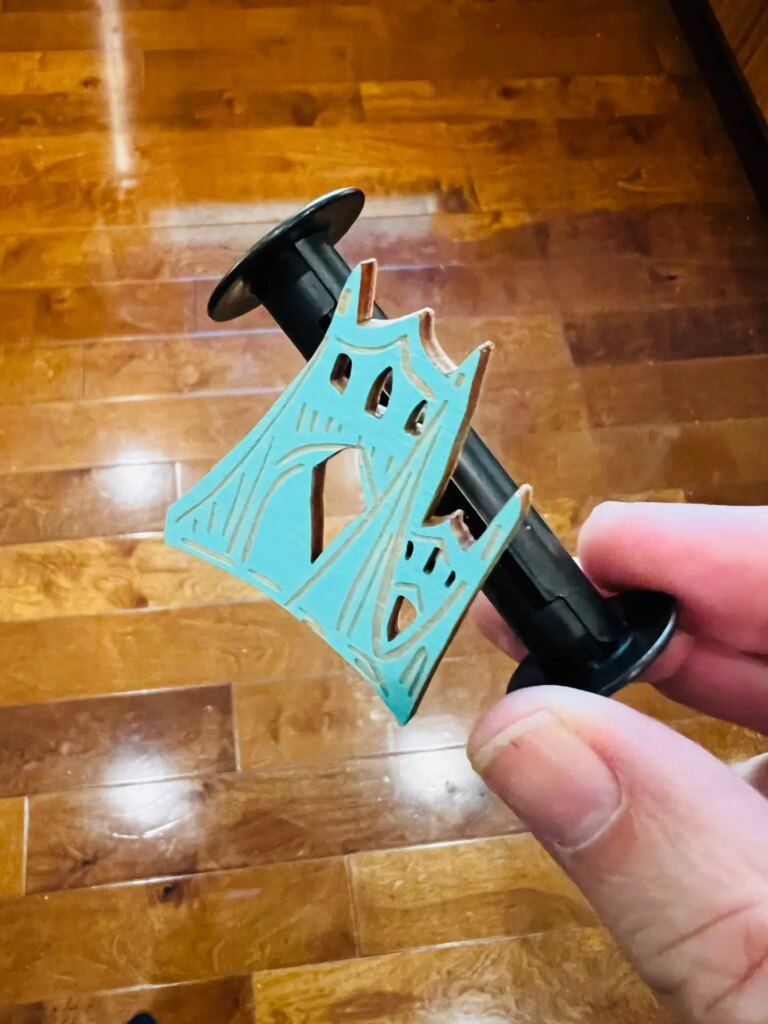
How long ago was this film made? A long, long time. Digital cameras were still mostly confined to research labs in those days. It was only one year earlier that a Kodak engineer, Steve Sasson, had cobbled together some parts to create the first Kodak digital camera, a 0.01-megapixel monster that weighed 4 kilos. (Although, given that a film’s expiration date is usually a couple of years after it was made, it’s likely that my roll of Verichrome Pan left the factory in Rochester before that first digital camera.) In 1976, I was still in high school and, by coincidence, shooting 120 roll film in an old camera I inherited from my Opa in Germany. It’s likely that I bought this same film stock new and developed and printed it in the darkroom I put together in the hall bathroom.
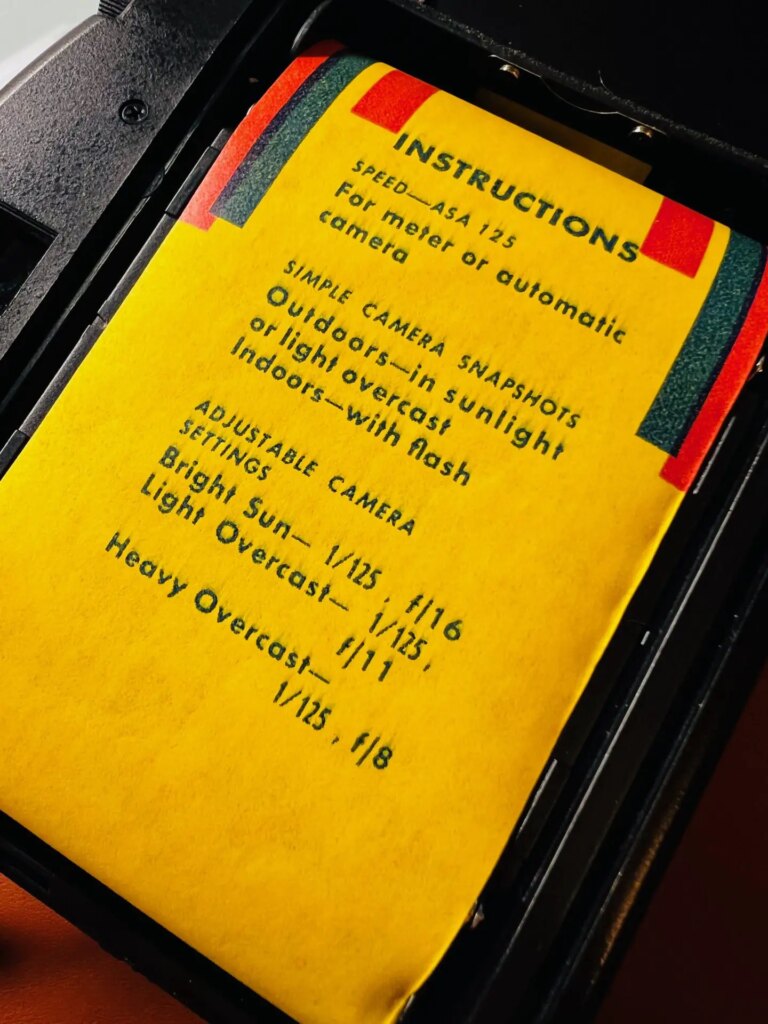
With my very old film in hand, I headed home and made the decision to shoot it in my Lomo LCA-120. Yes, I have other medium format cameras, including a couple that would be more period-appropriate, but the LCA-120 is fun to shoot, and I planned to just burn through the roll quickly. The LCA-120’s zone focusing and auto exposure would make shooting 12 frames as easy as possible.
The general rule of thumb for expired film (depending on who you listen to or whose YouTube video you watch) is to overexpose by one stop for each decade since the expiration date. That works pretty well for me for color film, but I’ve found that black-and-white degrades much more slowly. Still, even one stop for every two decades would have meant setting the camera at ASA 25.
In the end, the LCA-120 made the decision for me. The camera’s built-in meter, adjusted with a tiny little thumbwheel, only goes as low as ASA 100, so that’s what I used.
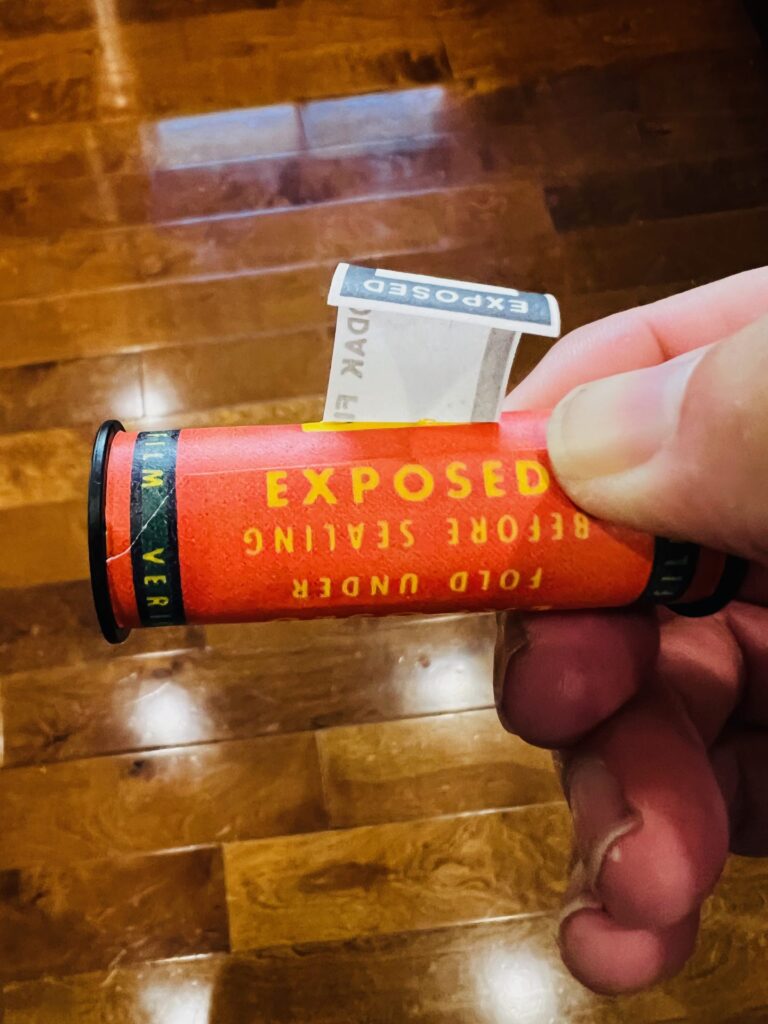
Developing expired film is also the subject of a lot of bytes of data out on the internet. How to go about coaxing images from old, degraded, possibly dried-up emulsion?
I didn’t spend much time thinking about that. I use various Monobath one-step chemicals for black-and-white film, most recently Super Monobath from Film Photography Project. I’ve developed a work flow with this product that always produces good results (with new film, anyway). Super Monobath it was! (I should mention that I reached out to FFP and asked them for their advice. They very wisely recommended standard chemicals, and suggested a particular developer, temperature, time and agitation regimen. Which I perhaps unwisely disregarded entirely.)
My final processing involved warming the FFP Super Monobath up to 78 degrees and leaving the film in for 10 minutes (I usually do 4:15 at 75 degrees for new film). For those who are into such things, I agitated for 30 seconds initially, then four inversions every 30 seconds. Between agitations, I stuck the Paterson tank in a container of lukewarm water to keep the chemicals from cooling down. I rinsed as I usually do, filling and emptying the tank with water four times, followed by two minutes of dip-and-dunk in FPP’s Archival Wash (twice the usual time) and another minute of rinsing. A brief trip into some Photoflo and I was done. I scanned everything on my Epson V550.
And the results were great! The images have great contrast and detail, and only by zooming way in on some of the darker areas can you find any artifacts that indicate this is old film–in this case, a dot pattern that probably came from being rolled tightly with the backing paper for so long. I was very happy, and promptly posted results on Instagram.
And here are the pictures. As I look back on them, I realize that most of them are of things that existed in 1976, including the Guy West Bridge over the American River, built in 1967, and my friend, Bob, who turned 70 this year.
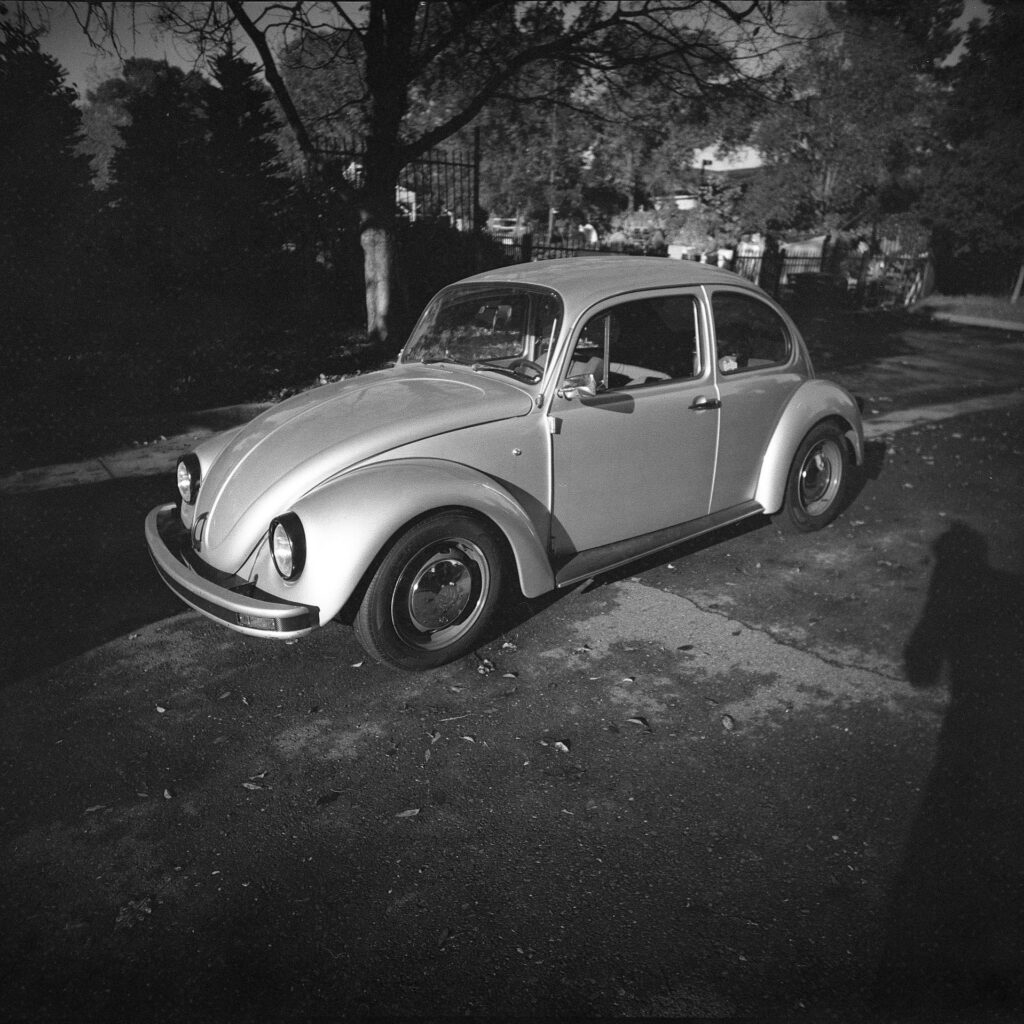
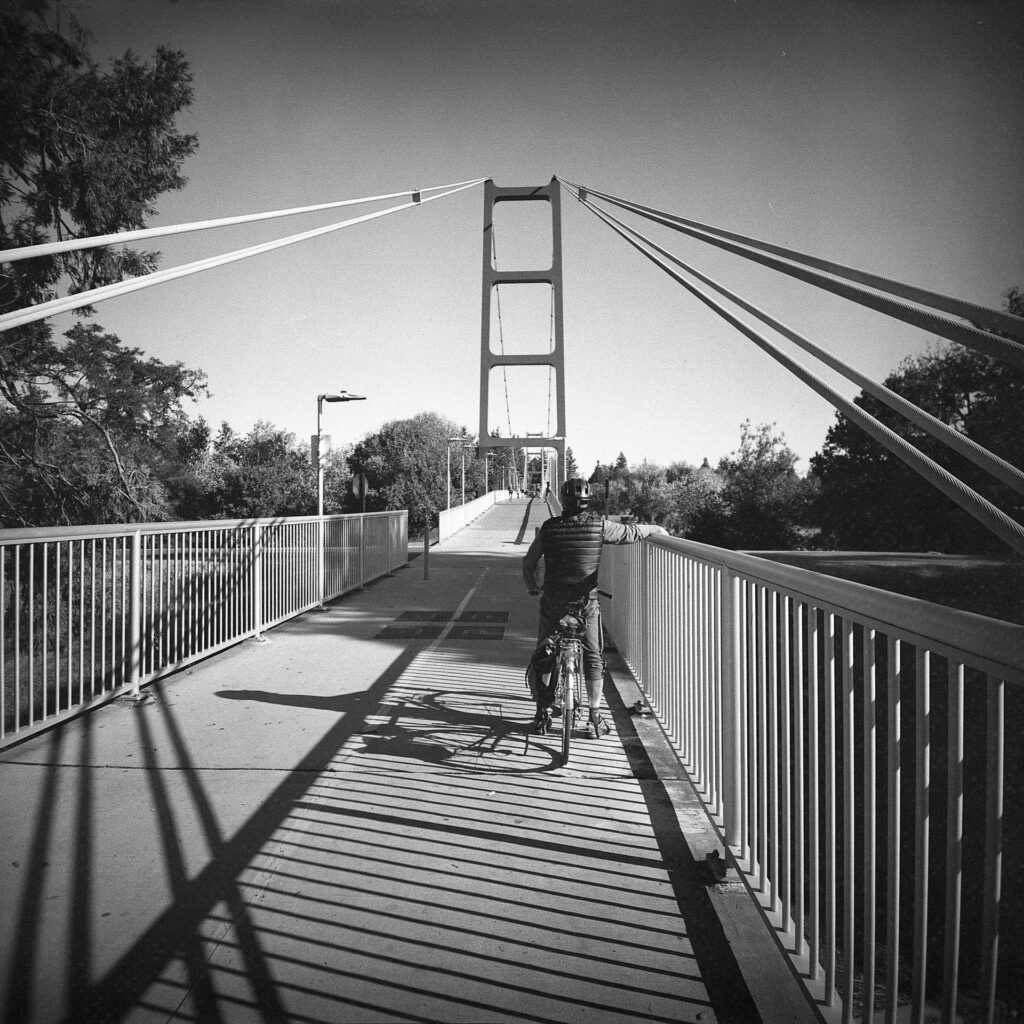
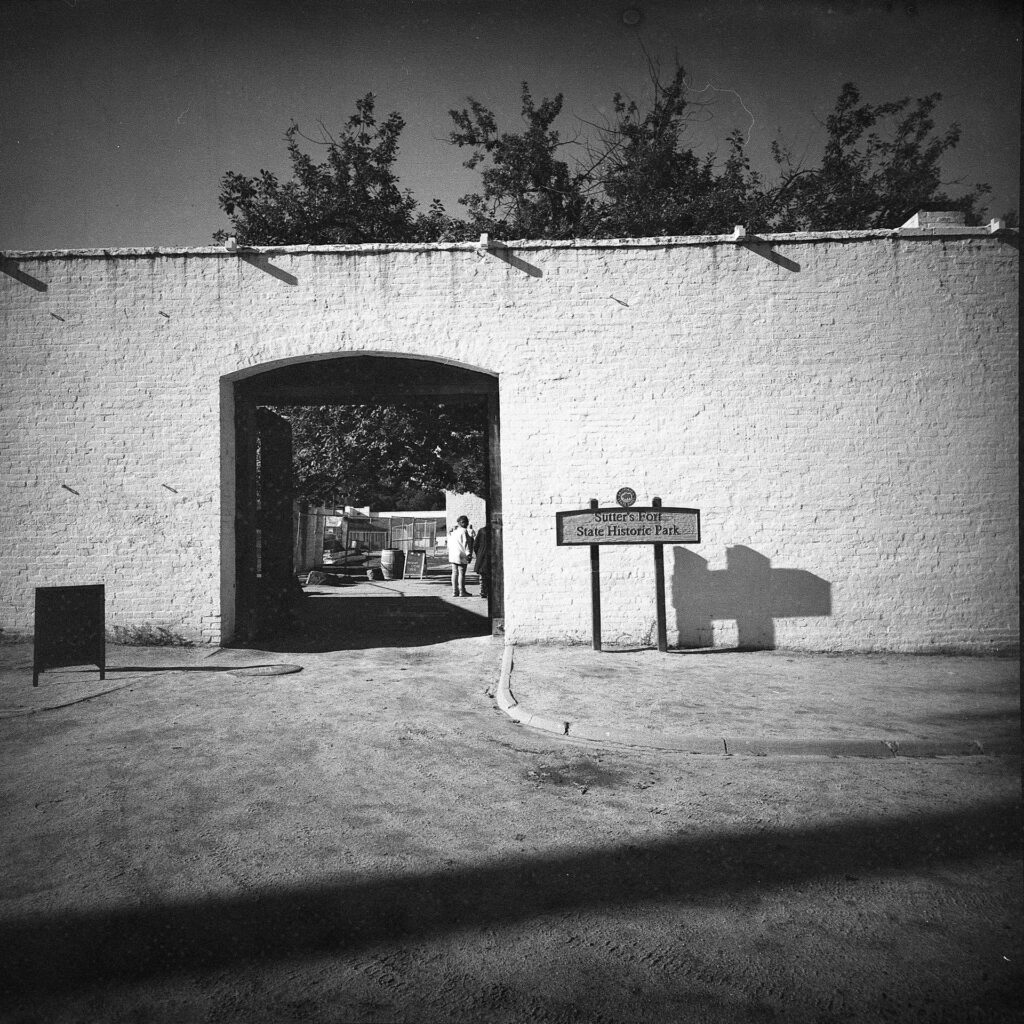
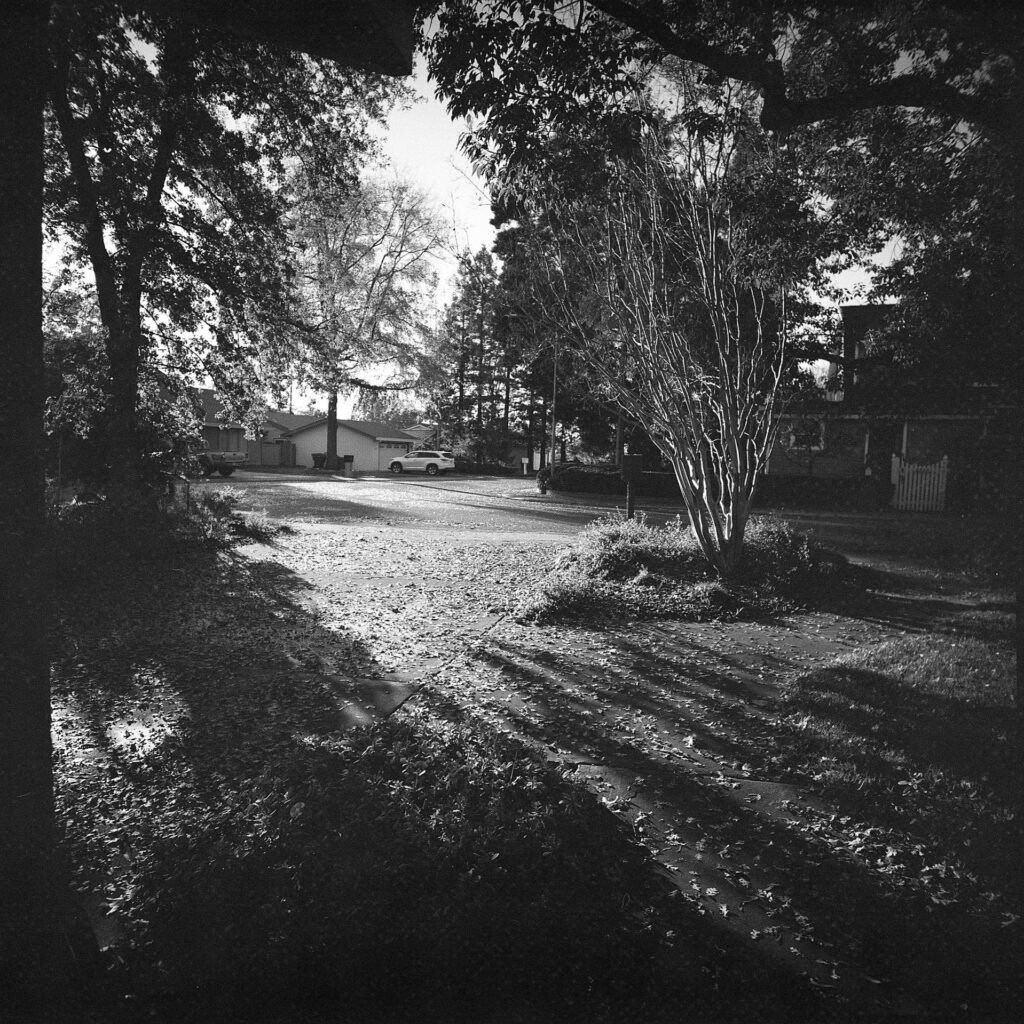
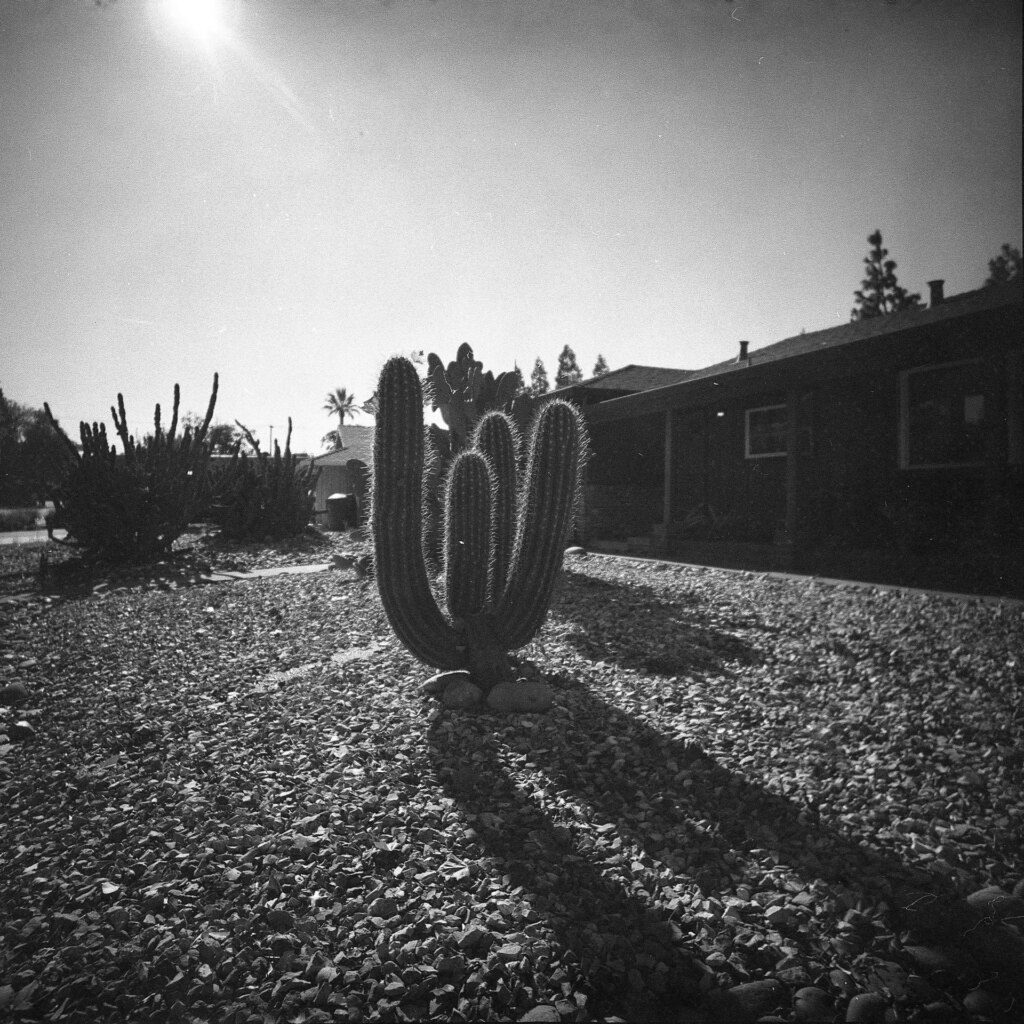
So, what did this roll of Kodak Verichrome teach me? First of all, that the film was very likely stored correctly. Film just normally doesn’t last this long. Second, that Verichrome Pan was a nice film. Even decades after its best days, it still makes nice images. Third, FFP’s Super Monobath has hidden skills. A little more warmth and a little more time and it worked just fine in this very unusual instance. Fourth, after three years of ownership, I still really like the Lomo LCA-120. Quite unlike Lomography’s other medium format cameras, which make “quirky” images and demand an acceptance of blur and light leaks, the LCA-120 produces sharp, well-exposed pictures. It’s light and easy to carry and use, and I’ll be keeping it in my rotation in future.
Check out my other photographic adventures with new and old film on Instagram: campyonlyguy Read more about the first Kodak digital camera on Cnet’s web site. Alex Luyckx writes about shooting old Verichrome Pan and developing it in different chemicals here.
Share this post:
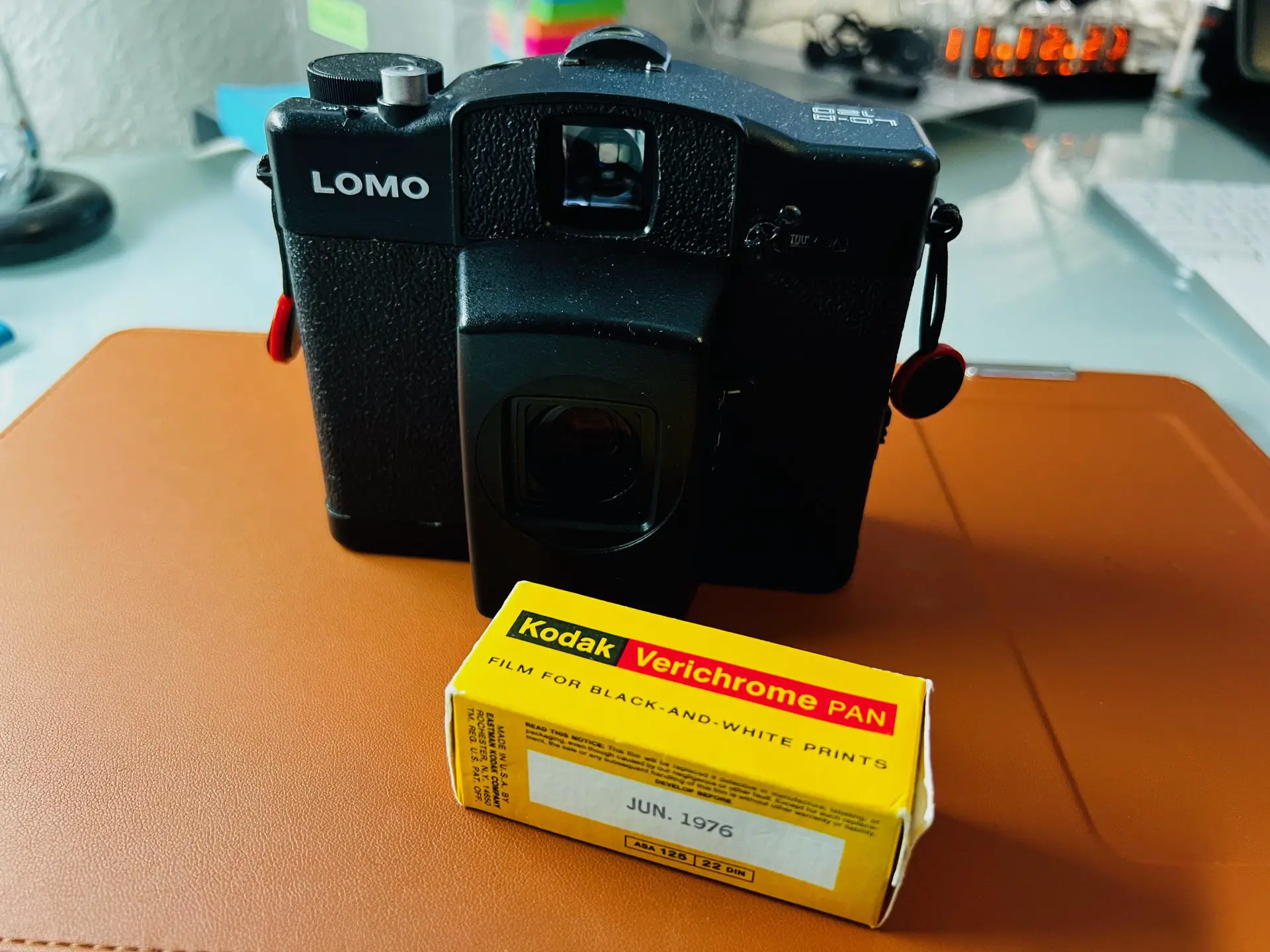
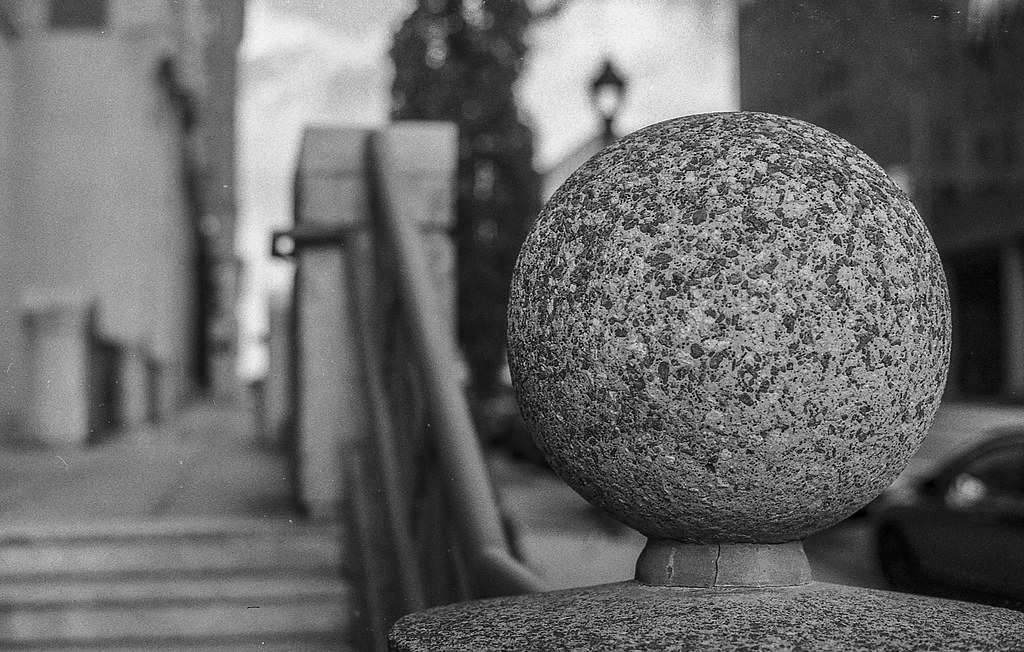
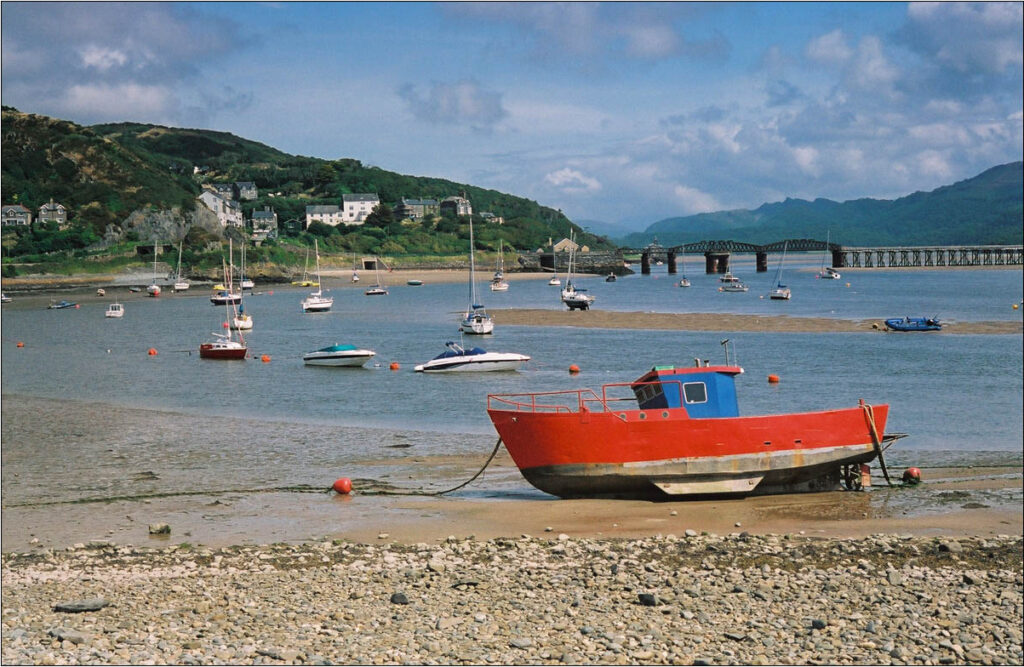
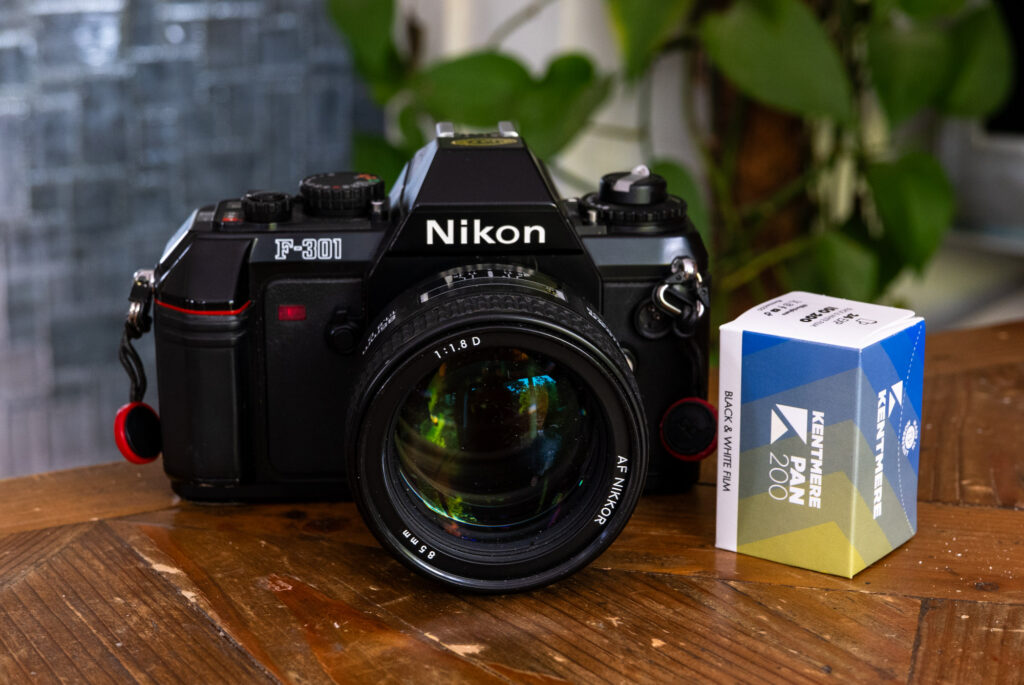
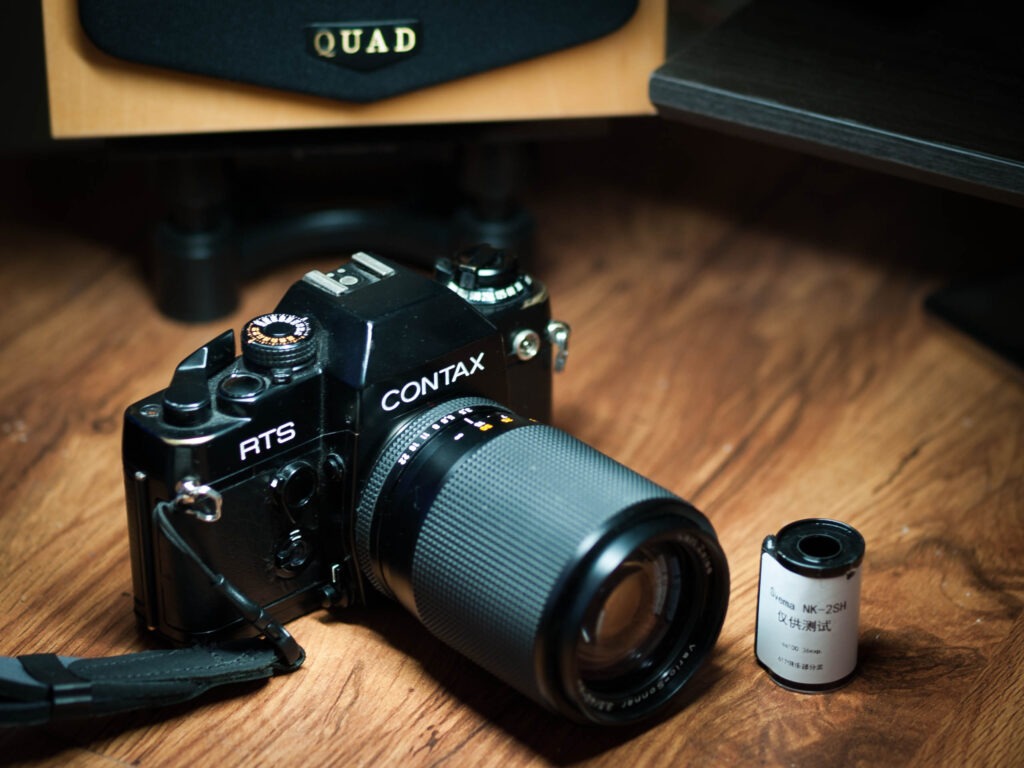




Comments
Steve h on Kodak Verichrome Pan – Adventures Shooting a Roll of Film from 1976
Comment posted: 08/01/2024
Jim Grey on Kodak Verichrome Pan – Adventures Shooting a Roll of Film from 1976
Comment posted: 08/01/2024
Comment posted: 08/01/2024
JR Smith on Kodak Verichrome Pan – Adventures Shooting a Roll of Film from 1976
Comment posted: 08/01/2024
Dave on Kodak Verichrome Pan – Adventures Shooting a Roll of Film from 1976
Comment posted: 08/01/2024
I'm sure we all wish film prices were still as low as the price on the sticker!
That LOMO camera sure did a nice job, especially resisting the flare in the cactus photo.
Thanks for the writeup and the photos.
hugh crawford on Kodak Verichrome Pan – Adventures Shooting a Roll of Film from 1976
Comment posted: 08/01/2024
It was designed to take tremendous abuse and make acceptable images. The fact that it also rendered beautiful images was a happy accident. Verichrome Pan and Panatomic X are the two films I miss the most.
Comment posted: 08/01/2024
Gary on Kodak Verichrome Pan – Adventures Shooting a Roll of Film from 1976
Comment posted: 09/01/2024
Graham Orbell on Kodak Verichrome Pan – Adventures Shooting a Roll of Film from 1976
Comment posted: 09/01/2024
When I got my first camera a Brownie E in 1948 at age 10, Verichrome film was the most common choice. Same name but back then it was an orthochromatic film and shades of gray didn’t accurately represent our perception of colour. I got better results in my Box Brownie using Kodak Supper XX panchromatic film which had a green backing paper.
Panchromatic of course means all colours
Paul Quellin on Kodak Verichrome Pan – Adventures Shooting a Roll of Film from 1976
Comment posted: 10/01/2024
Jeff Titon on Kodak Verichrome Pan – Adventures Shooting a Roll of Film from 1976
Comment posted: 14/01/2024
jason gold on Kodak Verichrome Pan – Adventures Shooting a Roll of Film from 1976
Comment posted: 16/03/2024
I used it professionally in the 60', 70's. I bought direct from Kodak. I think 27c a roll of 120.
Our money had higher value than US$! Now that has changed!
If film in sealed foil, or canister, it was loaded with nitrogen?